Vodafone UK Share Unused 4G Spectrum for Rural Broadband
Mobile network operator Vodafone UK has, in somewhat of an “industry first,” agreed to help extend Mobile Broadband coverage by sharing some of its “unused” 4G radio spectrum with StrattoOpencell (part of the Digital Colony UK Infrastructure Platform) in order to offer high-speed data in “remote areas without fibre connectivity.”
Under the plan – part of a 3 year agreement – StrattoOpencell will get to use Vodafone’s 2600MHz (2.6GHz) frequency spectrum to offer mobile broadband speeds of “up to 120Mbps” to consumers and businesses without access to a fixed fibre broadband ISP service. Meanwhile the mobile giant will continue to use the same band in order to provide greater mobile capacity for customers in busy areas, such as stadiums and city centres.
The change has been made possible by Ofcom’s recent decision to adopt a new spectrum sharing framework (here), which among other things has made it possible for smaller mobile and fixed wireless broadband ISP networks to be created in order to deliver local coverage or industrial use.
Advertisement
One possible caveat above is that the 2.6GHz band is one of the higher frequency ones for 4G mobile connectivity, which means that related signals don’t tend to travel as far and struggle more to penetrate into buildings. As such the band isn’t usually ideal for rural coverage, although it may help when reaching customers who are nearer to its cell sites.
All of this helps to explain why StrattoOpencell will initially use the spectrum to provide broadband services to all users at a holiday site in Devon through the deployment of 4G outdoor small cells. As such this isn’t so much about providing wide mobile broadband coverage, but rather establishing smaller networks in remote areas for a specific purpose.
Nick Jeffery, CEO of Vodafone UK, said:
“Vodafone has a long history of innovation, from sending the first text message to conducting the first 5G holographic call. We are delighted to become the first mobile company in the UK to share some of our spectrum to extend rural coverage.
By offering some of our 4G spectrum to StrattoOpencell, we are helping to extend fast and reliable mobile network access for people in rural communities. Mobile connectivity in rural areas is just as important as it is for those in towns and cities, which is why we continue to work with others to help improve rural connectivity for all.”
Graham Payne, CEO of The Digital Colony UK Infrastructure Platform, added:
“There remains a digital divide in connectivity options for those in UK’s urban centres and more rural areas. We are delighted to join forces with Vodafone to bring a fresh approach to close this gap. We are pioneering new solutions and services as part of our neutral host approach to UK digital infrastructure, in order to connect more people and businesses to reliable networks.
This new model takes the industry a significant step closer to enabling ubiquitous UK connectivity.”
Vodafone, not unlike other operators, has somewhat of a history when it comes to testing innovative approaches. Some examples include installing 5G on an existing TV and radio transmission tower on the Isles of Scilly and deploying mini mobile masts in Cornwall, as well as transforming some of BT’s old beachfront phone boxes in order to use them as 4G cell sites.
Naturally Ofcom has welcomed the move and said they “look forward to seeing how others use our new spectrum access approach.” However some operators fear that Ofcom’s change may also act to drive-up the price of spectrum in future auctions for new bands, which could be counter-productive to the roll-out of improved national mobile connectivity. As it stands this is a new area and a lot of unknowns still exist.
Advertisement
Mark is a professional technology writer, IT consultant and computer engineer from Dorset (England), he also founded ISPreview in 1999 and enjoys analysing the latest telecoms and broadband developments. Find me on X (Twitter), Mastodon, Facebook, BlueSky, Threads.net and Linkedin.
« Jurassic Fibre to Start FTTP Broadband Rollout in South West
ISP Sky Broadband Adds Free UK Evening and Weekend Calls »


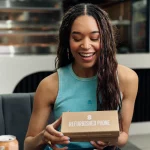

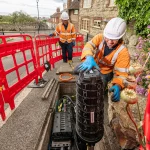
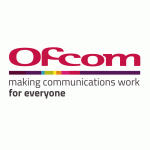


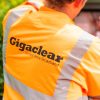
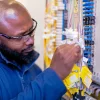







































Comments are closed